When did you learn how to sew?
I saw a thing going around Instagram recently asking people to tell their stories about when they learned how to sew. Many many of them were stories about how people either learned when they were 11 years old from a family member or they learned during 2020 because it was 2020 and they decided it was time to figure it out. Both answers are pretty awesome.
So I thought about what my story would be and the answer is: I am still learning.
Just this past couple of weeks I was making a new piece for an exhibition I was invited to. It is always completely delightful to be invited to show your work and I wanted to make something new. The opportunities to get my art out there have been pretty scarce this last year because nothing was open, so there just wasn’t much demand. So I haven’t been really making exhibition pieces; I’ve been focused elsewhere.
When I make a piece for an exhibition, I usually start with a story I want to tell. I have had an idea for series of pieces in my head for a while; the story is about having conversations about mental health. As my husband and I navigated our way through the last two years, we realized that one way that we had of coping with everything going on with COVID, elections, riots, and the loss of both of our beloved Labradors to cancer was to talk about how we were feeling. And we agreed that we could talk about all of the “dumb stuff” that you convince yourself is silly: “Why am I still crying a month after my dog died? Grown-ups don’t do that.” And admitting to each other when we were each having rough mental health days. We realized that those conversations were important to helping us feel better and let go of some anxiety about the situation and the world in general. It helped to just talk about it.
So I started the first piece in the series a few weeks ago and this first one is about anxiety. Because the series is about conversations, I asked my family and a few close friends to describe to me what they thought anxiety looked like. Their images were striking: an oil slick, a never-ending waterfall, crackling blue electricity, a white hot dagger between your shoulder blades, heavy and enveloping, a dark forest with movements you can’t quite identify, a glowing red ember. I took all of those images and I created a fabric design to capture those feelings.

Next I decide what the garment is that I want to make with the fabric. I like to make garments vs quilts or other more traditional “art” objects because I enjoy sewing them. I like that the wearer can be part of the story. I like that a garment is something that people can identify with and understand because we each have so much experience with clothing. You can imagine someone wearing it. You can imagine what it feels like. That’s harder for people to do with a painting or a sculpture, I think.
Most often I get a shape in mind for a piece I want to make and I search through my large file cabinet full of mostly vintage patterns to find something that’s close to the right shape. I don’t really enjoy drafting an entire piece of clothing completely from scratch. I know how to do it, but that part of the process just really doesn’t add to the piece for me, so usually I find something that’s close and I adapt it to what I need. For this one, I wanted to capture the idea of something enveloping and heavy, so I decided to make a cape-coat out of heavy cotton sateen.
I planned, I adjusted, I cut out and I got ready to sew. And this is where I completely lost my mind. I forgot how to sew.
I don’t mean that literally, of course. I was one of those who learned how to sew when I was 8 or 9. Cinnamon Bear, who is pictured up at the very top of this post, is wearing a hand-smocked pinafore I made for her when I was 11, with help from my friend Berit. I sewed my wedding dress in my dorm room at college. My first summer job was making costumes for a local childrens’ theater. It’s pretty well in my blood.
But when I sat down to sew this coat, I made every mistake in the book. And I mean ALL of them. I think I seam ripped every single seam at one point or another. I misread directions. I reversed pieces. I misunderstood diagrams. I am not kidding; I did it all. I thought the whole thing was going to be a complete disaster and that I was a little bit losing my mind.
Even though I “know” how to sew, I was out of practice and out of rhythm. I forgot that I have a process I usually do of reading through all of the instructions and making notes before I start. I was overconfident when I was adding extra ease stitches that the dumb pattern didn’t call for so that something would match up better when really I was sewing the pieces completely backwards. I didn’t listen to my gut telling me it shouldn’t be this hard.

In the end, the piece turned out great. I like how everything went together and I am happy with the final piece, even though it took twice as long as I thought it would. I relearned a lot of things, like remembering to slow down and read the directions, but I also learned new things. Because this was a coat and cape sort of fused together, the way that the top of the sleeve worked was ridiculously complicated and completely fascinating. I am really pleased I figured it out. It was a new-to-me fabric substrate that I chose for the piece, Spoonflower’s Longleaf Sateen Grande, which was really lovely to work with. It ended up being just slightly less drapey than I really wanted it to be, but I decided that the stiffness sort of added to the feeling of weight and enveloping/constricting that I was going for. Did it match the design idea I had in my head for this piece? Almost. The chiffon that I incorporated into the design didn’t behave in any of the ways I wanted it to, so I had to change the design. It’s not quite what I envisioned, but I adapted. It was a great reminder that learning is always a process and no matter how much you “know” something, there’s always something new to learn.



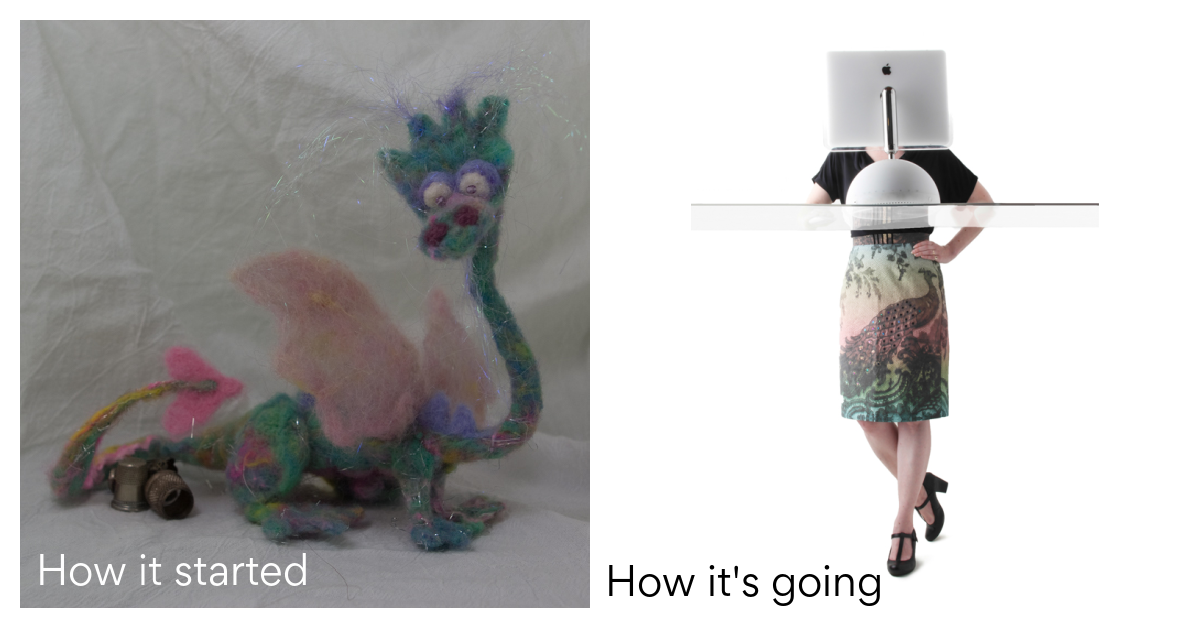


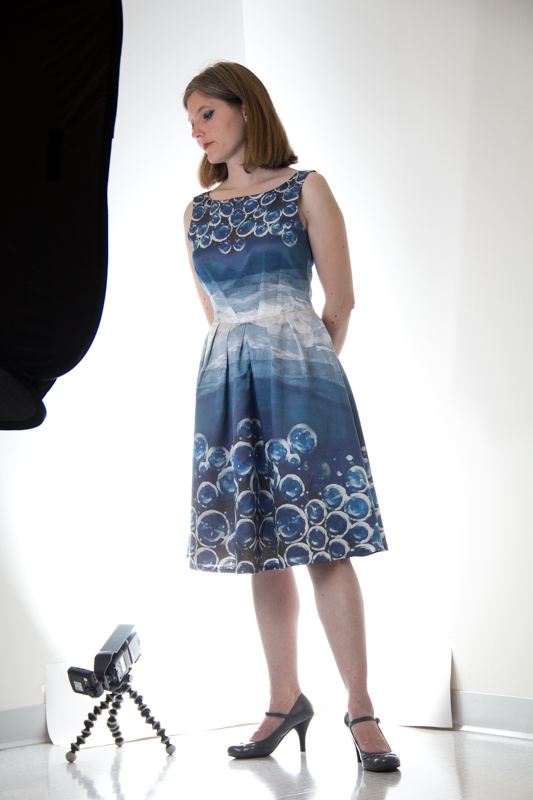
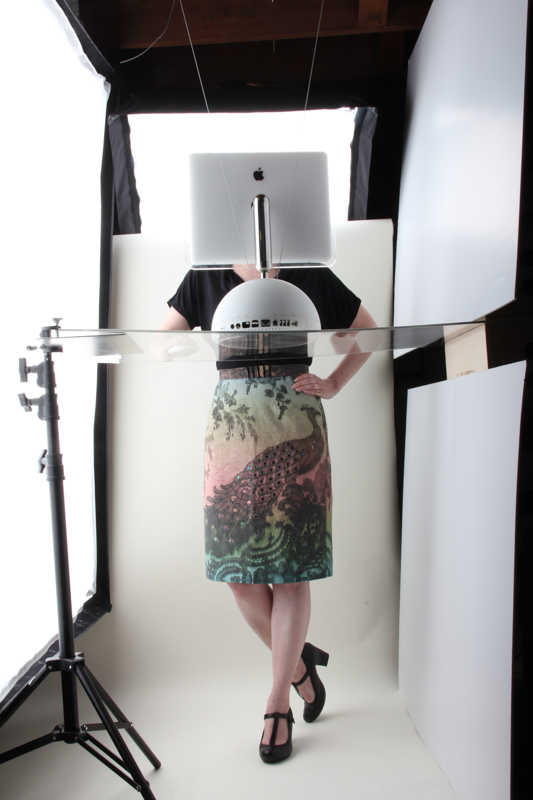
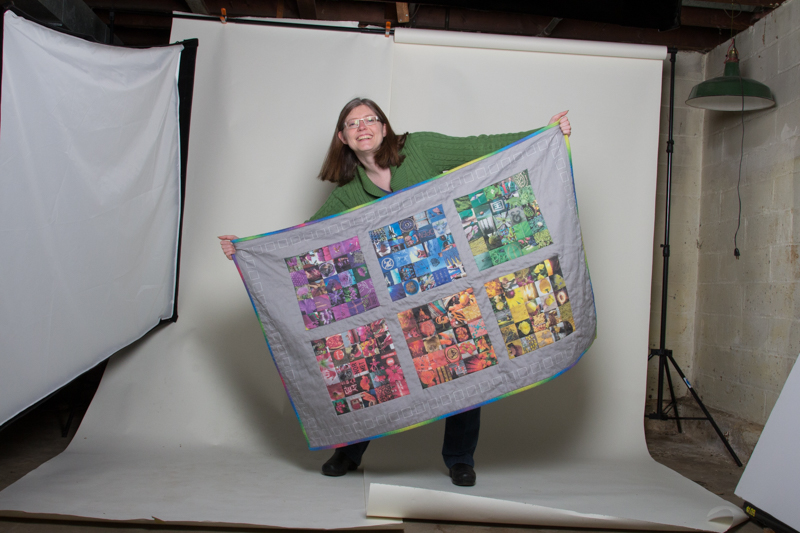


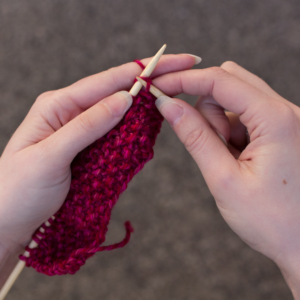
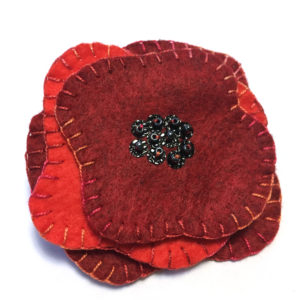
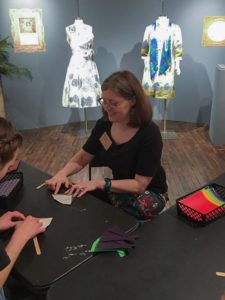 But then I started to second guess myself. Would people think I was only recommending these shops/apps because I get a discount or a kickback? (Spoiler: I don’t.) Another teaching colleague mentioned a Facebook group that she belongs to that only allows you to post a recommendation for something if you don’t know the person you are recommending. So you can’t recommend your own video that answers a question and you can’t recommend one by someone you know. What’s left? Recommending something you randomly found on Google? That doesn’t seem super helpful. (And why do I want to spend my time Googling answers for someone else? Sheesh!)
But then I started to second guess myself. Would people think I was only recommending these shops/apps because I get a discount or a kickback? (Spoiler: I don’t.) Another teaching colleague mentioned a Facebook group that she belongs to that only allows you to post a recommendation for something if you don’t know the person you are recommending. So you can’t recommend your own video that answers a question and you can’t recommend one by someone you know. What’s left? Recommending something you randomly found on Google? That doesn’t seem super helpful. (And why do I want to spend my time Googling answers for someone else? Sheesh!)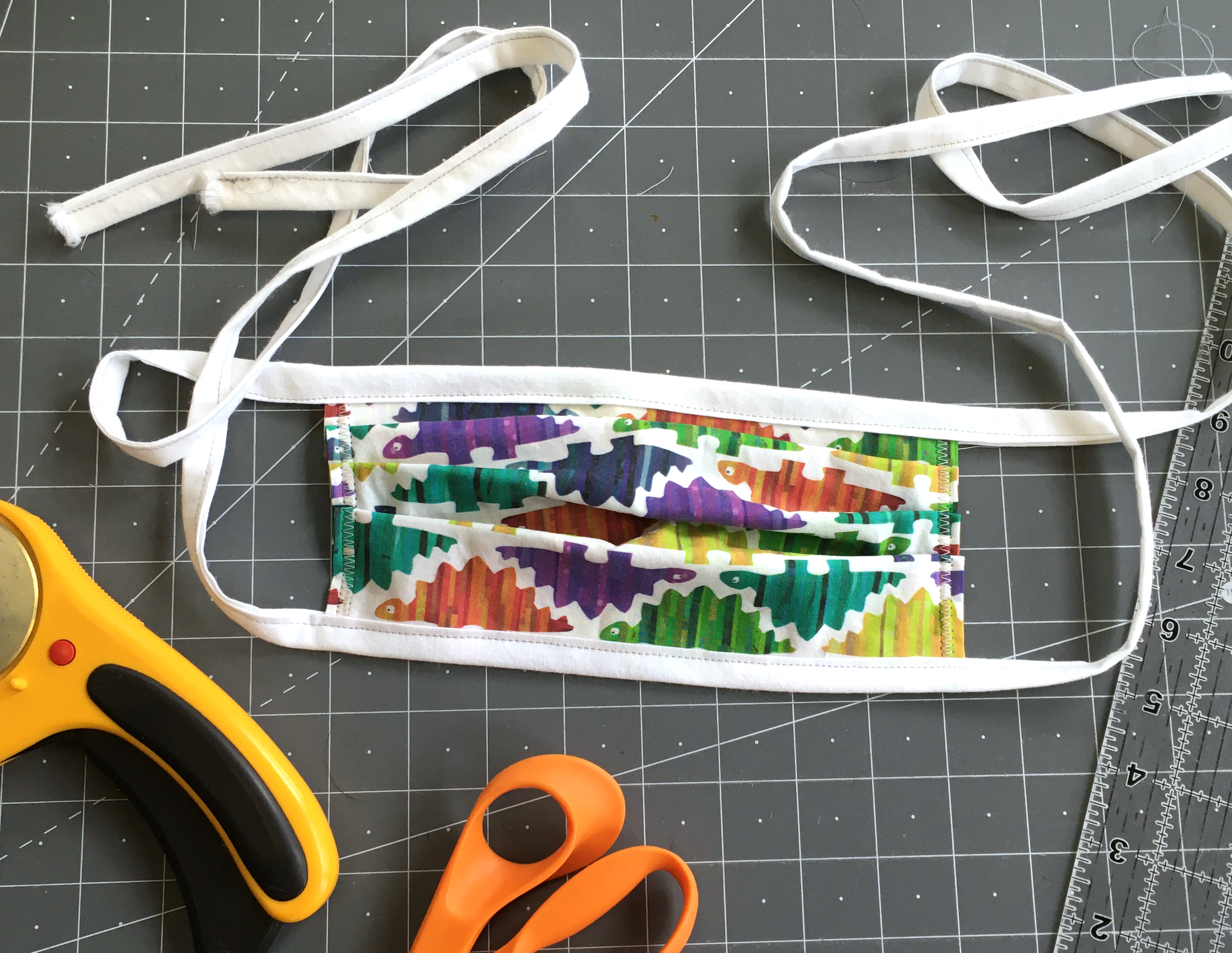
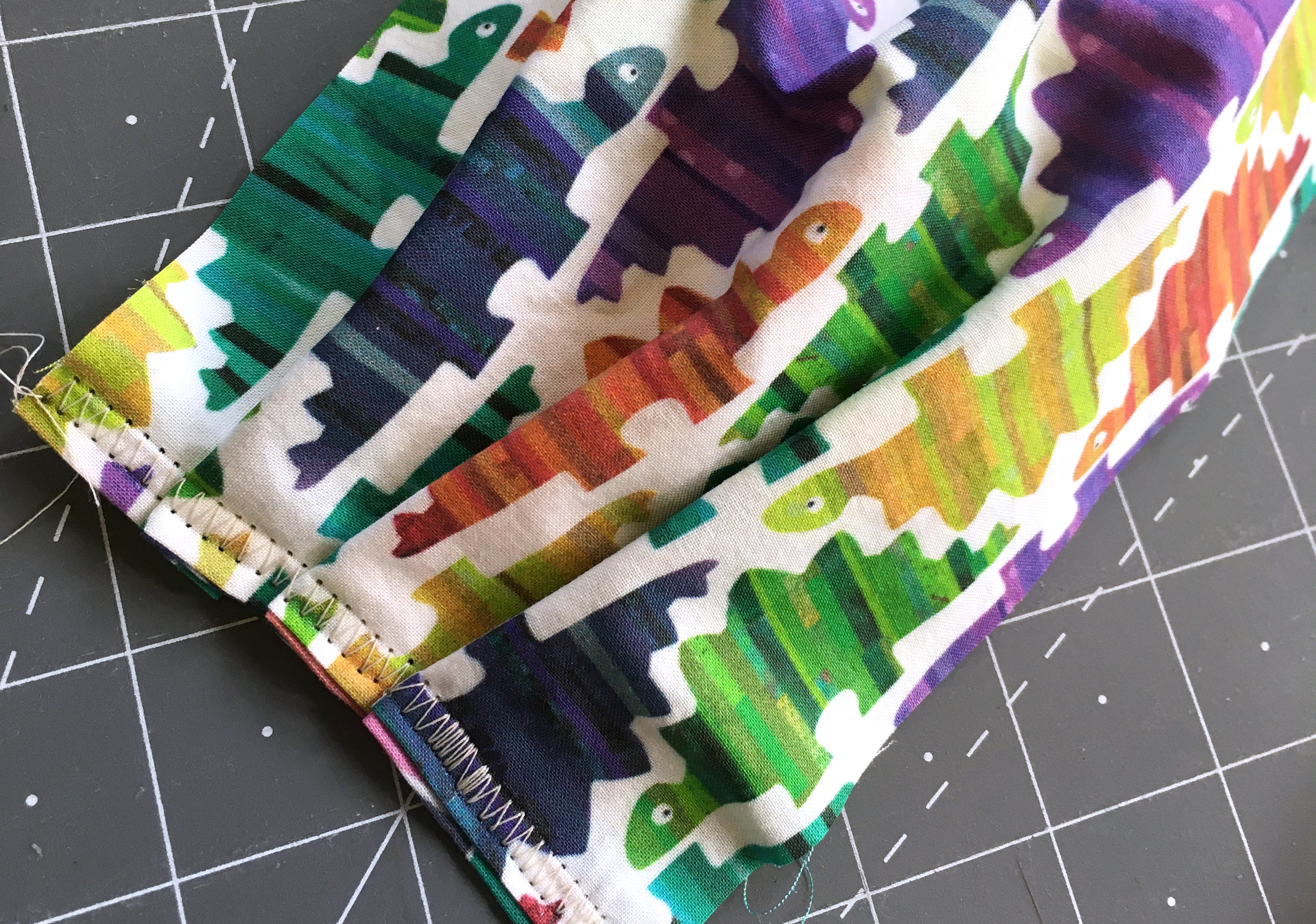
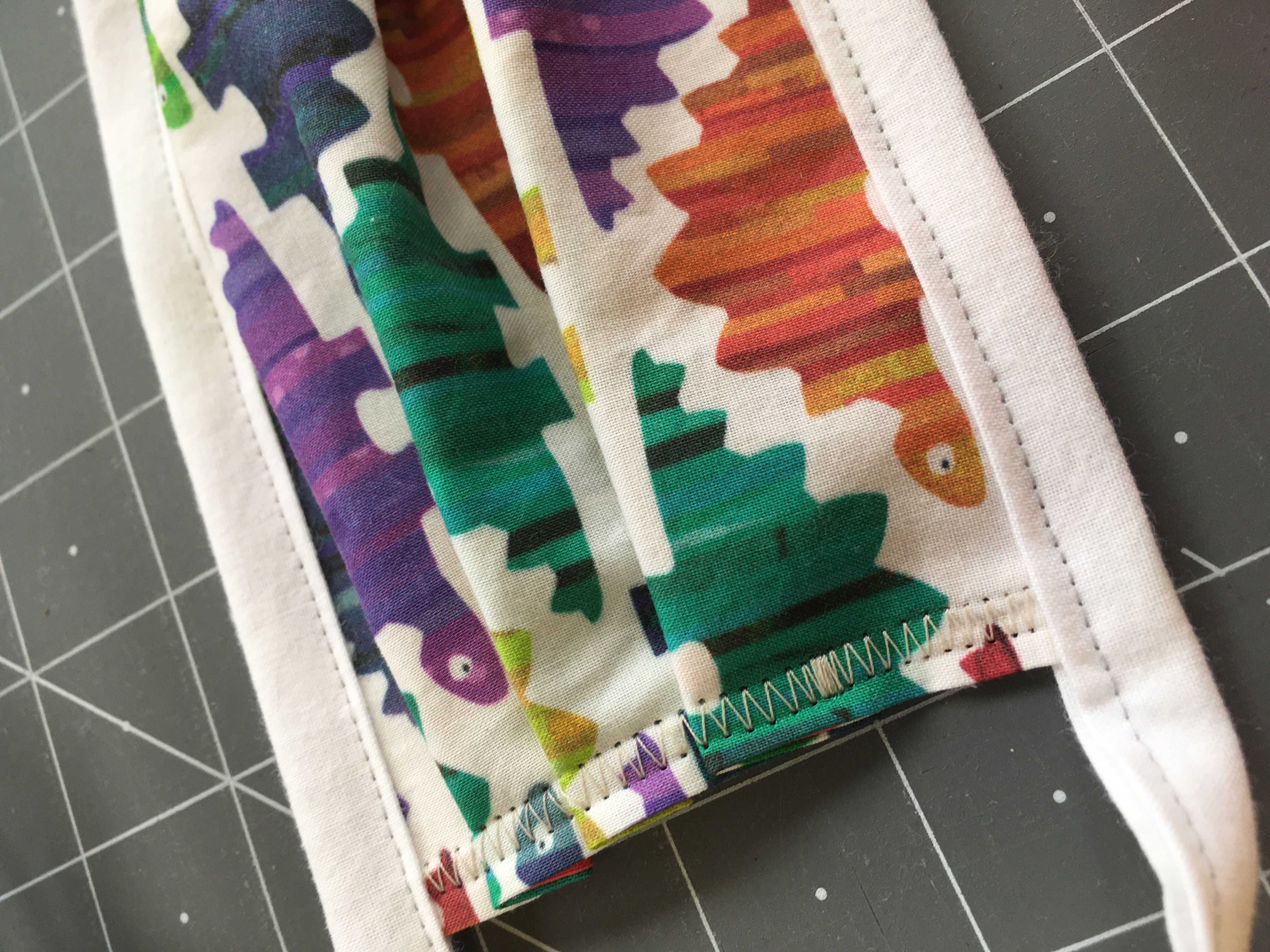 Use a 1 inch bias tape maker to press the long edges of your strips (see video below). Fold the strips in half (the short way) to find the center and pin that to the center of one long edge of the mask. Starting at the end of the tie strip, fold in half the long way (matching the folded edges) and stitch close to the fold. When you get to the mask (pinned to the center of the strip), slide the mask raw edge inside the folded strip and keep stitching all the way to the end of the tie. Repeat for the other long edge of the mask. You don’t need to worry about finishing the short ends of the ties, because they are the fabric selvedge, they won’t fray. These are reversible (top to bottom and inside outside)
Use a 1 inch bias tape maker to press the long edges of your strips (see video below). Fold the strips in half (the short way) to find the center and pin that to the center of one long edge of the mask. Starting at the end of the tie strip, fold in half the long way (matching the folded edges) and stitch close to the fold. When you get to the mask (pinned to the center of the strip), slide the mask raw edge inside the folded strip and keep stitching all the way to the end of the tie. Repeat for the other long edge of the mask. You don’t need to worry about finishing the short ends of the ties, because they are the fabric selvedge, they won’t fray. These are reversible (top to bottom and inside outside)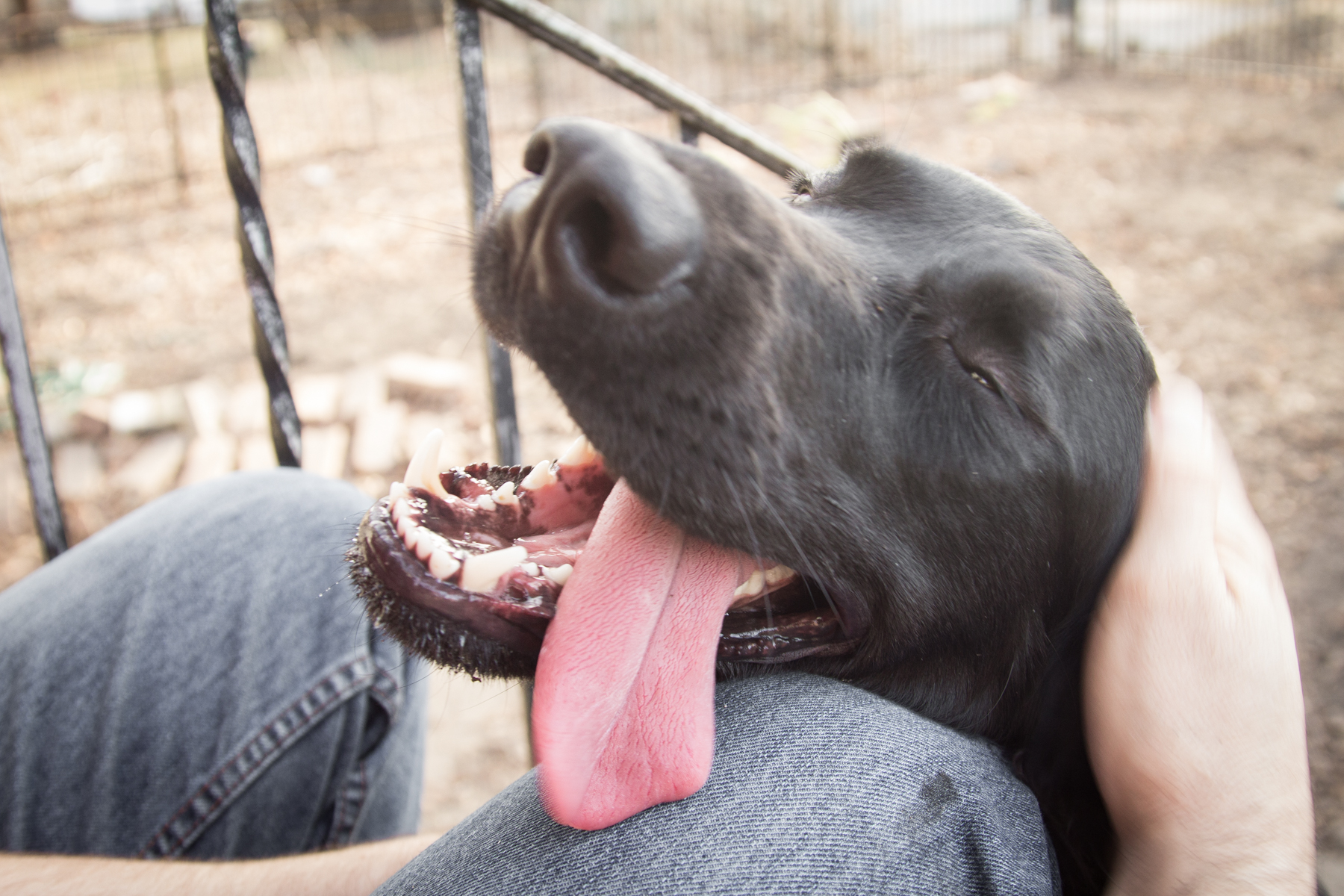
 It feels good to start the year fresh. January rolled around and I turned back on the shops, dealt with the backlog of emails and Leo and I are figuring out a new routine. I work from a studio at home, so the dogs have always been my “coworkers”. It’s been bittersweet. Leo has started walking to the post office with me every day to drop off Etsy packages. Juggling a bag of mail and two large and enthusiastic dogs crossing traffic was always a little too much for me before, but Leo and I have it figured out. (He loves to hunt mice and stuff his face into the snow all the way up to his ears.) My husband works at a dog-friendly co-working space, so Leo went to work with him one day and then I picked him up and we made a trip through the bank drive through where he got a milkbone. I don’t usually take the dogs along on errands but I’m trying to do some things to keep him from just snoring on the couch all day now that there’s not someone always around to play chew-on-your-brother or chase-the-squirrel.
It feels good to start the year fresh. January rolled around and I turned back on the shops, dealt with the backlog of emails and Leo and I are figuring out a new routine. I work from a studio at home, so the dogs have always been my “coworkers”. It’s been bittersweet. Leo has started walking to the post office with me every day to drop off Etsy packages. Juggling a bag of mail and two large and enthusiastic dogs crossing traffic was always a little too much for me before, but Leo and I have it figured out. (He loves to hunt mice and stuff his face into the snow all the way up to his ears.) My husband works at a dog-friendly co-working space, so Leo went to work with him one day and then I picked him up and we made a trip through the bank drive through where he got a milkbone. I don’t usually take the dogs along on errands but I’m trying to do some things to keep him from just snoring on the couch all day now that there’s not someone always around to play chew-on-your-brother or chase-the-squirrel.